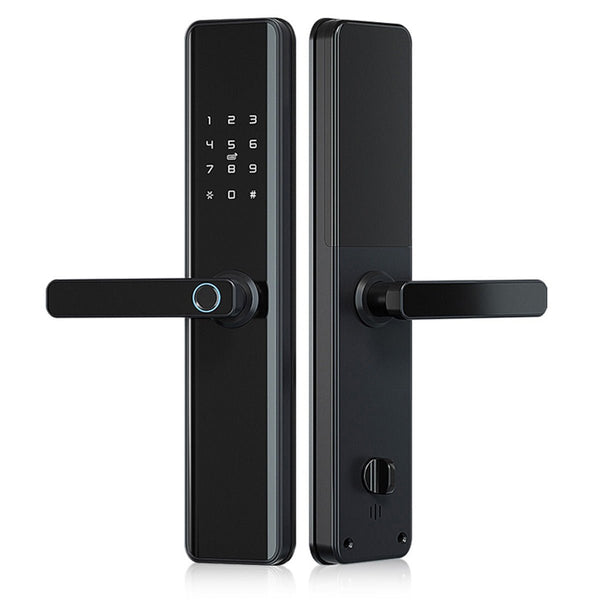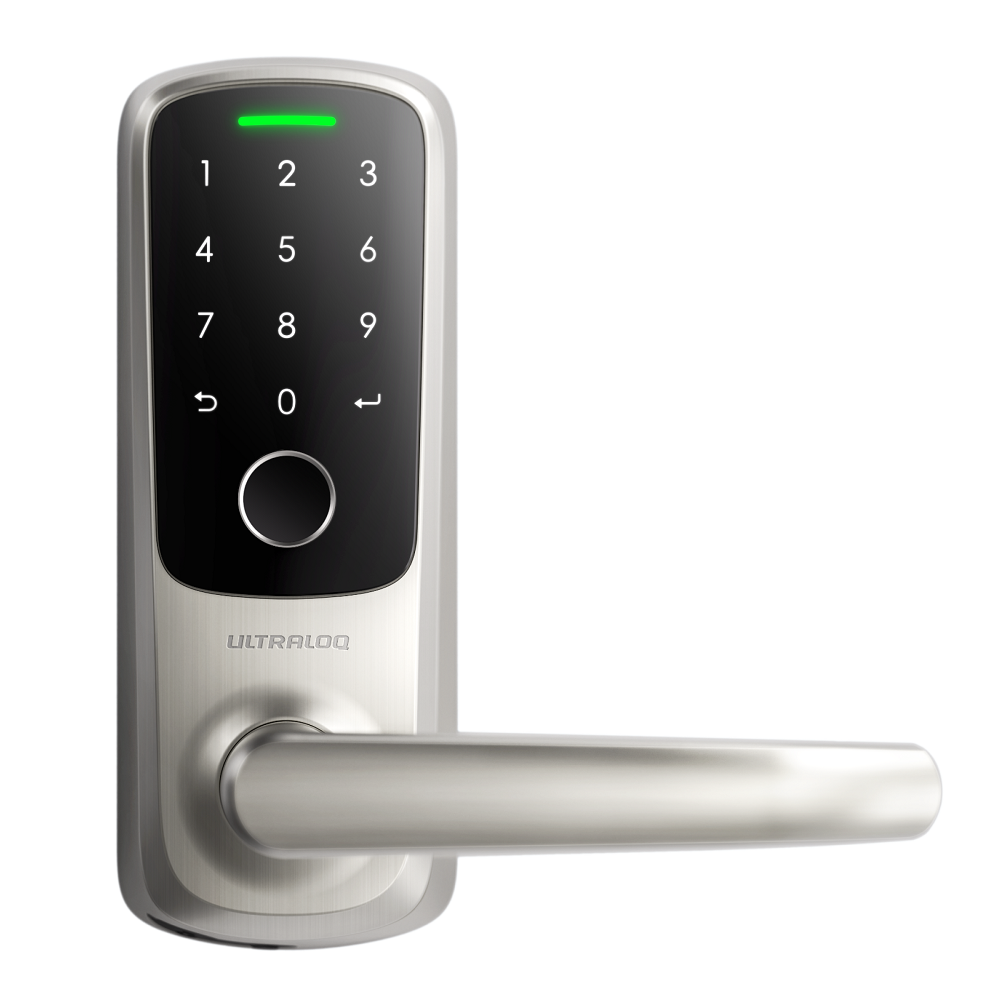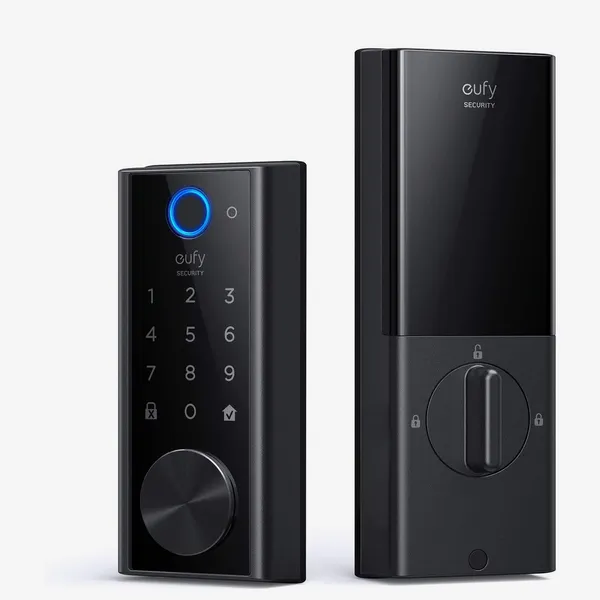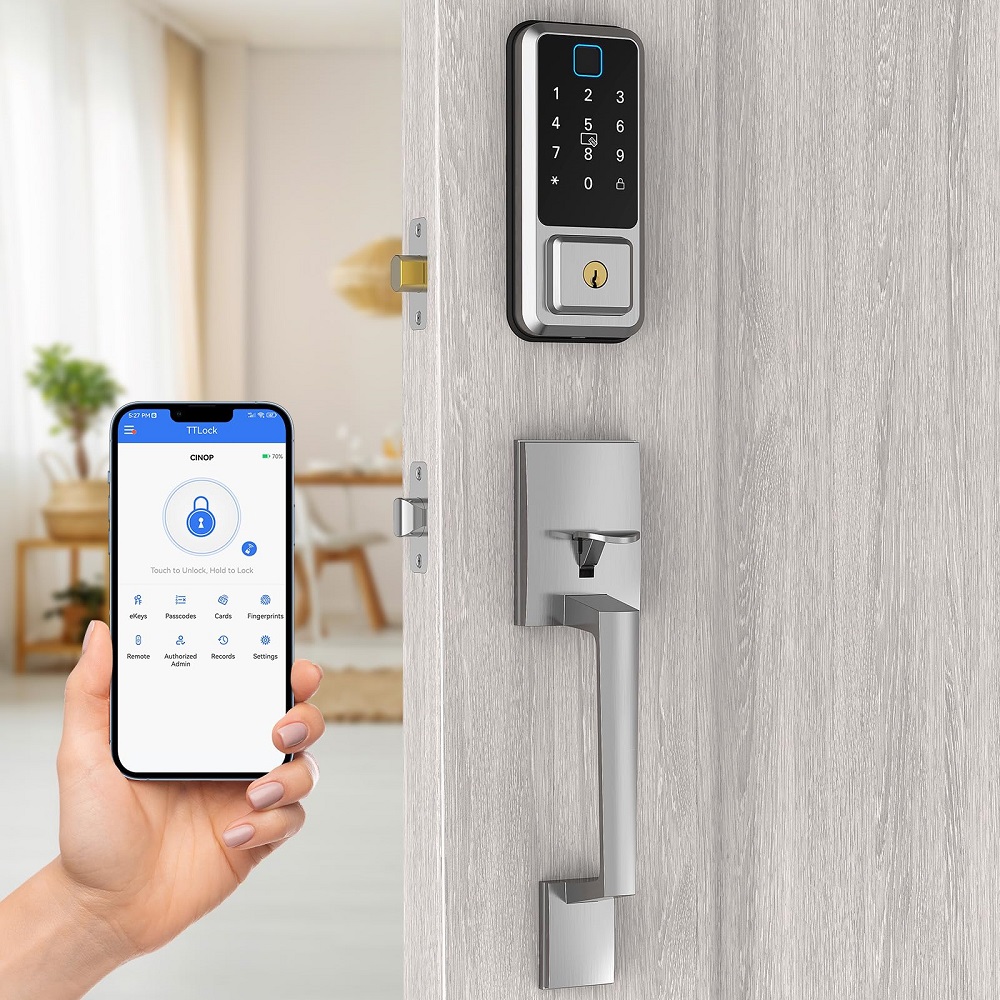Introduction to Google Home-Compatible Smart Locks
With advancing technology, home security has seen a significant shift towards smart solutions. Amongst these, smart locks that work with Google Home have emerged as a popular choice for those seeking convenience without compromising security. These devices allow you to lock and unlock your doors using voice commands or through a mobile app—integrating seamlessly into your smart home ecosystem.
Smart locks that work with Google Home utilize advanced connectivity protocols like Wi-Fi or Bluetooth. This enables them to communicate with your Google Home devices. They enhance entry management, allowing users to grant or revoke access remotely. Furthermore, these smart locks often feature activity logs, providing detailed insight into who accessed your home and when.
The appeal of Google Home-Compatible Smart Locks lies in their ability to integrate smoothly with other Google Home devices. This creates a unified, more controlled, and efficient home security system. By choosing the right smart lock, you can ensure a higher level of security while enjoying the cutting-edge convenience that comes with smart home technology.

Top Rated Google Home Smart Locks
Choosing the best smart locks that work with Google Home can be challenging. But fear not! Based on user reviews, industry experts, and security features, we’ve compiled a list of top-rated smart locks for your Google Home ecosystem.
August Smart Lock Pro
This device offers remote access, keyless entry, and the ability to track who comes and goes. It installs easily on the inside of your door, using your existing deadbolt.
Schlage Encode Smart Wi-Fi Deadbolt
A favorite for its built-in Wi-Fi connection, allowing for seamless integration with Google Home. Schlage’s Encode offers high-grade security and features like built-in alarm technology.
Nest Yale Lock
A joint effort by Yale and Google Nest, this lock sports a sleek design and touchpad entry. It syncs well with your Google Home for complete home security control.
Kwikset Kevo Smart Lock
Kwikset’s offering supports touch-to-open technology and sends notifications via its app. It works well with Google Home, adding convenience to robust security measures.
Yale Assure Lock SL
This smart lock boasts a touch screen keypad and offers remote access through Google Home. Yale’s Assure Lock SL goes for a key-free design, removing the hassle of keys altogether.
When selecting a smart lock, consider factors such as ease of installation, compatibility with other devices, and security features. The ideal smart locks for your Google Home setup will enhance both the convenience and safety of your home.
How Do Smart Locks Integrate with Google Home Ecosystem
Smart locks that work with Google Home become part of your smart home’s nervous system. When you link them with Google Home, they communicate with other smart devices in a seamless network. This integration makes controlling your home’s security as simple as speaking a command or using an app. Let’s delve into how this integration enhances your smart home experience.
- Voice Control: Using Google Home, you can lock or unlock your door with voice commands. Just say, “Hey Google, lock the front door,” and it’s done.
- Remote Access: You can control your smart locks from anywhere using your smartphone. This means you can let in guests, even when you’re not home.
- User-Specific Access: Assign virtual keys to family members or guests. This feature allows you to manage who enters your home and when.
- Activity Logs and Alerts: Get real-time updates on who’s entering your home. Google Home can alert you whenever your smart lock is used.
- Automations and Routines: Set routines for locking and unlocking doors at specific times. For example, have Google Home lock your door every night at bedtime.
- Compatibility Check: Ensure that your smart lock and Google Home are compatible for smooth integration. Most smart locks that work with Google Home are clearly marked as such.
Choosing the right smart lock for your Google Home can greatly improve your daily routine and peace of mind. Keep in mind your safety requirements while enjoying the ease of smart home living.

Benefits of Using Smart Locks with Google Home
Leveraging smart locks that work with Google Home offers multiple advantages for homeowners, revamping how we manage access to our living spaces. These benefits serve to heighten convenience, boost security, and streamline the overall smart home experience. Here’s a look at the essential benefits:
- Enhanced Convenience: Unlock or lock your doors without physical keys. Simply issue a voice command to Google Home from anywhere in the house.
- Remote Control: Manage your smart locks via smartphone. You can lock doors remotely or grant access to visitors even when you’re miles away.
- Guest Access: Safely issue temporary keys for guests or service providers. This eliminates the need for spare keys under the mat.
- Customized Schedules: Set up routines for your smart locks. They can automatically lock at night, providing consistent security.
- Security Notifications: Receive immediate alerts if your smart lock detects unauthorized access attempts or tampering.
- Hands-Free Operation: Especially beneficial for individuals with mobility challenges, Google Home unlocks doors via voice, offering easy entry.
- Efficient Energy Use: Integrate your smart locks with other smart devices. For instance, set the system to turn off lights when you lock your doors, conserving energy.
Smart locks that work with Google Home are shifting the paradigm of home access. They not only make life easier but also offer a robust defense layer for your home security system. As you consider incorporating these smart devices, reflect on these benefits and how they align with your lifestyle needs.
Installation and Setup Guide for Google Home Smart Locks
Installing your new smart lock is a crucial step in enhancing your home security. Let’s walk through the basic guide for setting up smart locks that work with Google Home. The process will not only offer you improved security but also seamless control and monitoring.
- Check Compatibility: First, confirm your smart lock is compatible with Google Home. Look for the label or consult the manufacturer’s information.
- Unbox and Review: Open the package and check all parts are there. Read the instructions carefully.
- Install the Lock: Most smart locks fit on standard doors and replace the existing deadbolt. Follow the manual to install your lock.
- Connect to Network: Connect your smart lock to your home Wi-Fi network or via Bluetooth, depending on the model.
- Link to Google Home: Open your Google Home app and add the smart lock. Follow the app guide for pairing.
- Set Up Device: Customize settings like access codes and guest keys within the smart lock’s app.
- Test Lock Functionality: Ensure the lock engages and disengages both physically and via the app.
- Enable Voice Commands: Set up personalized voice commands for locking and unlocking through Google Home.
Once installed and synced with your Google Home, you’ll enjoy the hands-free convenience and added layer of security right away. Remember to keep your app updated and to check the battery life of your smart lock regularly to maintain optimal performance.
Smart Lock Security Features Compatible with Google Home
Ensuring your home’s safety is paramount, and smart locks that work with Google Home come packed with features designed for robust security. These features cater to the needs of modern homeowners who prioritize both security and convenience. Here’s an overview of the security attributes these smart locks offer:
- Advanced Encryption: These smart locks use sophisticated encryption methods to protect your data and access codes.
- Tamper Alerts: Receive instant notifications on your smartphone if someone attempts to tamper with the lock.
- Auto-Lock Functionality: Automatically secure your door after it’s been closed for a preset duration.
- Biometric Verification: Some models offer fingerprint recognition for added security.
- Secure Guest Access: Assign temporary access to visitors without compromising your home’s security.
- Multi-Factor Authentication: Require users to verify their identity in multiple ways before gaining access.
- Activity Monitoring: Keep tabs on when and who locks or unlocks your door with a full activity log.
Incorporating these features into your Google Home smart lock can greatly enhance the security of your living space. Remember to evaluate each smart lock’s specific features to select the best fit for your home security needs.

Troubleshooting Common Issues with Google Home Smart Locks
Even the most reliable smart locks that work with Google Home may encounter issues. Knowing how to troubleshoot common problems can save time and frustration. Here are solutions to frequent issues users might face:
- Wi-Fi Connectivity Problems: Check if your smart lock is within range of your router. Restart both devices and try reconnecting.
- Voice Command Not Recognized: Ensure your Google Home device heard you clearly. Speak commands distinctly. Re-train your voice match in the Google Home app if needed.
- App Does Not Sync: Update your Google Home app. Also, check for any firmware updates available for your smart lock.
- Battery Drainage: Smart locks that work with Google Home often run on batteries. Replace them if needed and check battery levels regularly.
- Delayed Notifications: If alerts are slow, check your Wi-Fi speed and your smartphone’s notification settings. Make sure ‘Do Not Disturb’ is off.
- Smart Lock Unresponsive: Restart both the smart lock and your Google Home device. Re-pair the devices if the issue persists.
When these steps don’t solve the issue, contact the smart lock’s customer support for professional help. Keep your user manual handy, as it will have specific instructions for your device model. With this guide, you can resolve issues and keep your smart lock in sync with Google Home for seamless home security.
Future Trends in Smart Home Security: Integration with Google Home
The landscape of smart home security is rapidly evolving, and Google Home’s integration is at the forefront. We anticipate seeing advanced trends that make home security more robust and intuitive. Here are some likely future trends in this dynamic field:
- Increased Interconnectivity: Smart locks will interact more seamlessly with a wider array of devices, creating a truly interconnected smart home ecosystem.
- AI-Powered Security: With AI advancements, smart locks may soon recognize usual patterns and detect anomalies in access, providing proactive security alerts.
- Facial Recognition Integration: Smart locks could integrate facial recognition, allowing doors to unlock automatically for recognized family members or guests.
- Voice Biometrics: Google Home may use voice recognition to verify identities, making voice commands an even more secure method for controlling access.
- Predictive Security Measures: Smart locks may be able to predict and prevent security threats by analyzing data over time and learning from user behaviors.
- Energy-Efficient Operations: Future smart locks will likely be more energy-efficient, with features like solar charging or low-power modes when not in use.
- Sleek, Invisible Designs: Aesthetic trends might lead to invisible smart locks, where security measures are hidden and blend seamlessly with home decor.
These advancements aim to enhance security while keeping the user experience straightforward and accessible. As smart home technology advances, expect to see Google Home at the heart of these exciting developments.
